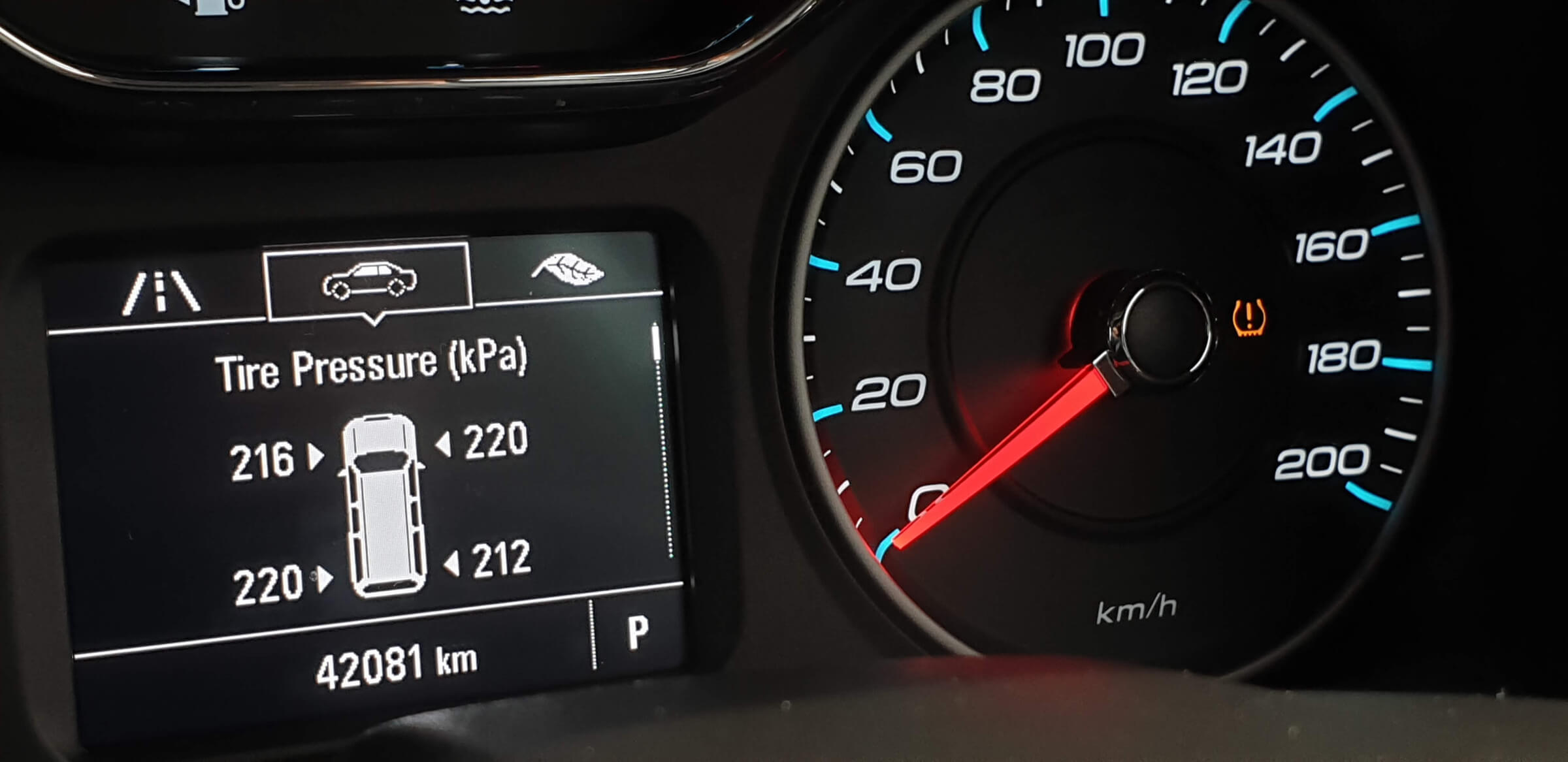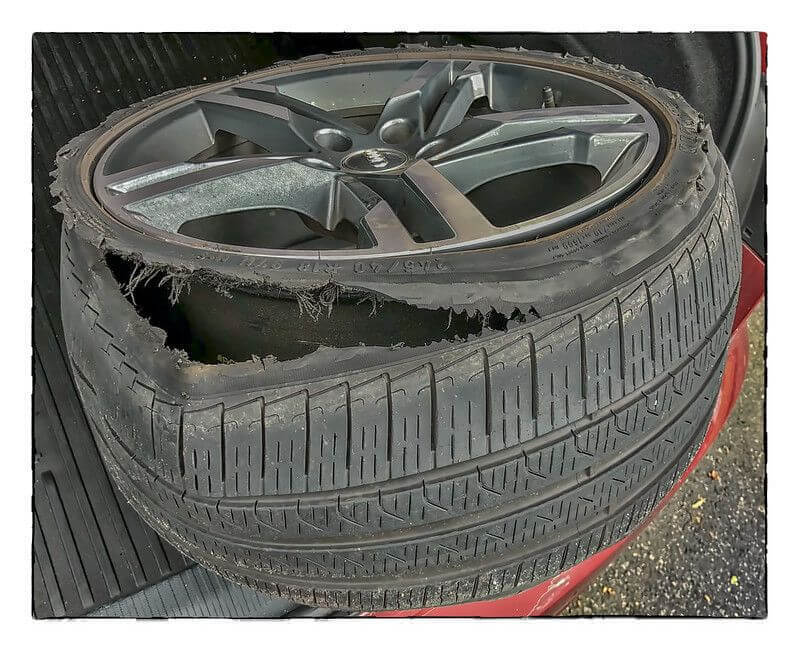We often underestimate the importance of the pressure of our tires while driving, yet it is a vital part of our experience. An over-inflated tire will be much more susceptible to damage, while an under-inflated tire will increase resistance and, therefore, the fuel consumption of your vehicle while posing a risk to your safety. Wear and tear, as well as overheating of improperly inflated tires, are two of the most common causes of tire blowouts, and their use causes a large number of accidents each year. So what’s the solution? A practical solution used to be to simply to check the pressure of your tires manually at regular intervals. It’s an inexpensive way to solve the problem, but it’s essential to be diligent, which can be difficult in our hectic lives. That’s where TPMS comes into play.
Mandatory help
 Since January 2008 in the United States and November 2012 in Europe, all cars produced by manufacturers must be equipped with TPMS or Tire Pressure Monitoring System. Using this system, your vehicle can detect when your tires reach a pressure that is too low. When this is the case, a warning light appears on the dashboard. If your vehicle was produced after 2008 (or even earlier for some models), chances are you’ve seen it before. It’s a yellow light in the shape of a sectional view of a tire with an exclamation point inside.
Since January 2008 in the United States and November 2012 in Europe, all cars produced by manufacturers must be equipped with TPMS or Tire Pressure Monitoring System. Using this system, your vehicle can detect when your tires reach a pressure that is too low. When this is the case, a warning light appears on the dashboard. If your vehicle was produced after 2008 (or even earlier for some models), chances are you’ve seen it before. It’s a yellow light in the shape of a sectional view of a tire with an exclamation point inside.
Direct or indirect
There are two types of TPMS, direct and indirect. Indirect TPMS is a slightly older technology but is still present on many vehicles. If you have a vehicle equipped with an indirect system, the light will be displayed when your tires have lost 25% of their pressure. These sensors are installed on the rims of the ABS brakes, and it is from the ABS control that they detect the pressure. However, they are not very accurate and have no means of indicating the tire in question.
Direct TPMS is much more accurate. This is a newer technology that is becoming the standard among manufacturers. In a direct system, the sensors are located directly inside the wheels or rims, and the light comes on when the pressure in one of the tires is lower than the manufacturer’s recommendation. Most direct systems also measure tire temperature and can tell the driver which tire needs to be inflated.
Aftermarket
It is also possible to get a TPMS when your vehicle does not have one. At the cost of about a hundred dollars, sometimes less, it is possible to purchase an accessory very similar to the technology included in more modern vehicles. All you have to do is mount them on the tires according to the instructions and enjoy the benefits of a TPMS. However, I recommend that you be careful when shopping for anything that has such a direct bearing on your safety on the road. Make sure you have a quality system that is perfectly compatible with your vehicle to avoid unpleasant surprises.
So, as you can see, the integration of TPMS in virtually every vehicle on our roads is a huge step forward in road safety, but the technology is not perfect. If you have a TPMS, leave tire installation to the experts. Your mechanical specialists will be able to properly recalibrate the sensors during mounting and dismounting. In fact, only properly calibrated will the system protect you, save fuel and increase the lifespan of your tires.






